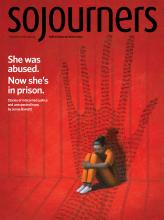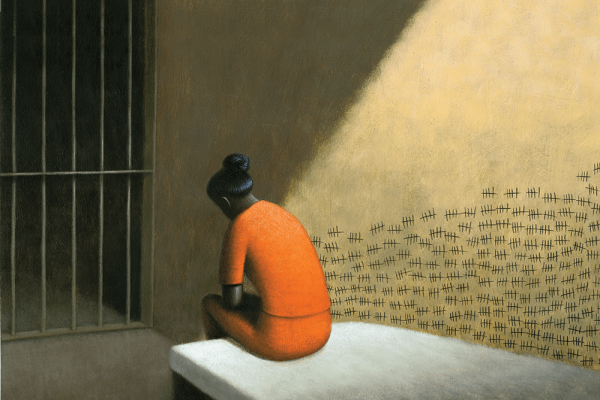I CAN THINK OF MANY MISTAKES I made before turning 18, including a couple that could have landed me in juvenile detention: fireworks in the suburbs, running from the cops, lying to the cops about running from the cops, and one or two others I’ll keep to myself because everyone I interviewed for this story insists on this: Nobody is the worst thing they have ever done.
If those words are true, Sara Kruzan will not always be the 16-year-old who shot her sex trafficker in the head right after he took her to another hotel room.
And that means Krys Shelley is not just the 17-year-old who used an unloaded gun to rob someone.
But back when Shelley stood trial as a teen, the judge only saw a criminal. Shelley still remembers what the judge said before delivering the 12-year sentence: “Good luck.” He studied Shelley closely. “You’ll do just fine in there.”
Shelley believes that the judge felt like Shelley fit the bill of a juvenile delinquent—black, tall, and masculine. At the time, Shelley identified as a tomboy (today, Shelley is gender nonconforming). From an early age, Shelley could grow a full facial beard because of an inborn hormone imbalance—a common symptom of polycystic ovarian syndrome.
But it’s less about what the courts saw in Shelley, and more about what they didn’t see: an honor-roll student with a steady job whose pastor came to the courtroom to offer support.
Read the Full Article

